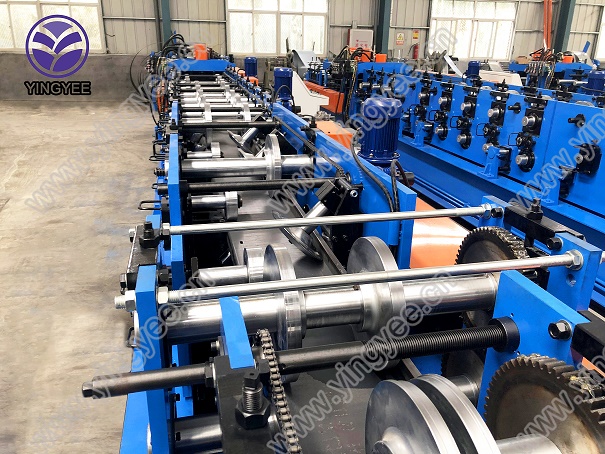
The Rise of Automatic T Ceiling Production Lines
In recent years, the manufacturing industry has witnessed a remarkable transformation, primarily driven by automation and advancements in technology. One of the standout innovations in this sector is the automatic T ceiling production line. This cutting-edge technology is revolutionizing the way suspended ceilings are produced, leading to improved efficiency, precision, and cost-effectiveness.
Understanding T Ceilings
Before delving into the details of production lines, let's clarify what T ceilings are. T ceilings, also known as suspended ceilings or drop ceilings, consist of a grid system that supports ceiling tiles. These ceilings are widely used in commercial and residential buildings for various reasons, including aesthetic appeal, sound insulation, and improved lighting. The versatility of T ceilings makes them a popular choice in offices, schools, hospitals, and retail spaces.
The Traditional Production Process
Historically, the production of T ceilings has been manual and labor-intensive. Workers would cut materials, assemble grid systems, and fit tiles individually. This process was not only time-consuming but also prone to errors that could compromise the quality of the ceilings. The need for a more efficient solution became evident as demand for T ceilings grew alongside construction projects worldwide.
Emergence of Automatic Production Lines
Enter the automatic T ceiling production line. This modern manufacturing solution integrates various technologies, including robotics, computer numerical control (CNC), and automated material handling systems. The result is a streamlined production process that minimizes human intervention while maximizing output.
Benefits of Automatic Production Lines

1. Increased Efficiency One of the most significant advantages of automatic production lines is their efficiency. These systems can operate continuously, producing T ceilings at a much faster rate than manual methods. This increased throughput allows manufacturers to meet high demand without sacrificing quality.
2. Precision and Consistency Automation ensures that each component of the T ceiling is produced with a high degree of accuracy. CNC machines can cut materials to exact specifications, reducing waste and ensuring that each piece fits perfectly within the grid system. This consistency is crucial for large-scale projects where uniformity is essential.
3. Cost-Effectiveness While the initial investment in an automatic production line may be substantial, the long-term savings are significant. With lower labor costs, reduced material waste, and increased production rates, manufacturers can enjoy a higher profit margin. Additionally, faster production times mean shorter lead times for customers, enhancing overall satisfaction.
4. Improved Safety By minimizing human involvement in potentially dangerous tasks, automatic production lines enhance workplace safety. Workers can focus on monitoring and maintaining the equipment rather than performing repetitive and physically demanding tasks.
5. Flexibility and Adaptability Modern automatic production lines can be designed to produce a variety of T ceiling styles and sizes, making them versatile for different projects. This adaptability is particularly beneficial in a market that demands customized solutions.
Future Trends in T Ceiling Production
As technology continues to evolve, the future of T ceiling production looks promising. Innovations such as artificial intelligence (AI) and machine learning may further enhance automation capabilities, allowing for predictive maintenance and optimizing production schedules. Additionally, with a growing emphasis on sustainability, manufacturers might incorporate eco-friendly materials and practices within automatic production lines, aligning with global efforts to reduce environmental impact.
Conclusion
The automatic T ceiling production line represents a significant leap forward in the manufacturing of suspended ceilings. By harnessing the power of automation, manufacturers can achieve unprecedented levels of efficiency, precision, and safety. As the construction industry continues to evolve, embracing these advanced production technologies will be crucial for staying competitive and meeting the demands of an ever-changing market. In doing so, the automatic T ceiling production line not only transforms manufacturing processes but also contributes to the creation of modern, functional, and aesthetically pleasing spaces.